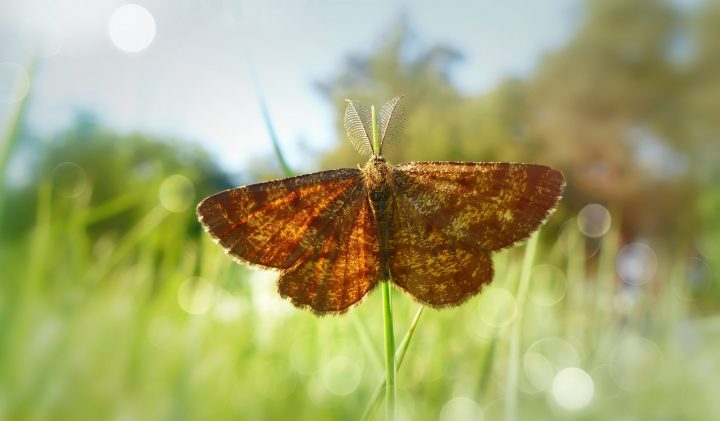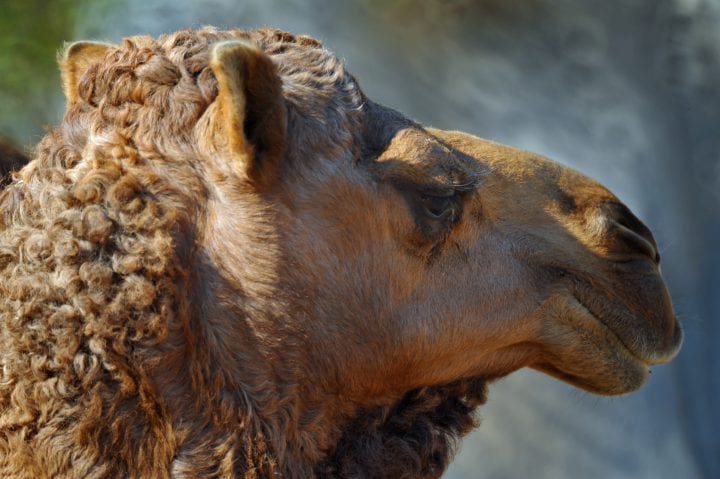The nests of mallee fowl provide warmth for eggs by use of rotting vegetation and an insulating layer of soil.
Introduction
The mallee-fowl, Leipoa ocellata Gould, is an intriguing bird native to the arid and semi-arid regions of southern Australia. It has adapted to its harsh environment through an extraordinary nesting behavior. Instead of incubating its eggs through body heat, the mallee-fowl constructs large nesting mounds, utilizing the heat generated by fermenting plant material mixed with soil. These mounds are carefully engineered to maintain optimal temperature conditions for egg incubation, demonstrating a remarkable natural strategy for temperature regulation.
The Strategy
Mallee-fowl mounds are not merely piles of earth and leaves but are sophisticated structures designed to leverage the natural process of fermentation for heat production. The birds start by digging a large pit, which they fill with leaves and other plant material. This organic matter begins to ferment, producing heat, which is crucial for warming the eggs buried within the mound.
The true ingenuity of the mallee-fowl lies in its ability to regulate the temperature of the mound meticulously. By adding or removing layers of soil, the mallee-fowl ensures that the temperature within the mound stays within the narrow range suitable for egg development. This process of adjustment is almost daily, with the birds frequently checking and modifying the insulation of their nests.
As the season progresses and external temperatures rise, the mallee-fowl’s task shifts from primarily generating to dissipating heat. The birds cleverly open parts of the mound to allow excess heat to escape and close it up to conserve heat during cooler periods. This active management helps in maintaining a stable thermal environment, essential for the successful development of the eggs.
The Potential
The temperature regulation strategy of the mallee-fowl could inspire innovative approaches to sustainable building practices. For instance, the concept of using bio-based materials for heat production through composting could be applied to eco-friendly housing. These homes could utilize compost heat recovery systems to naturally warm living spaces in colder months, reducing reliance on fossil fuels.
Additionally, the mallee-fowl’s method of adjusting insulation could inform the development of dynamic insulation materials for buildings. These materials would automatically adjust their thermal resistance in response to changes in external temperatures, improving energy efficiency.
In agriculture, similar strategies could enhance passive solar greenhouses, using fermenting organic matter not only to enrich the soil but also to regulate temperatures, extending the growing season in colder climates without additional energy costs.
By studying the mallee-fowl’s natural engineering skills, we can develop systems that are both energy-efficient and environmentally friendly, reflecting the bird’s seamless integration into its habitat.
AI on AskNature
This page was produced in part with the assistance of AI, which is allowing us to greatly expand the volume of content available on AskNature. All of the content has been reviewed for accuracy and appropriateness by human editors. To provide feedback or to get involved with the project, contact us.






